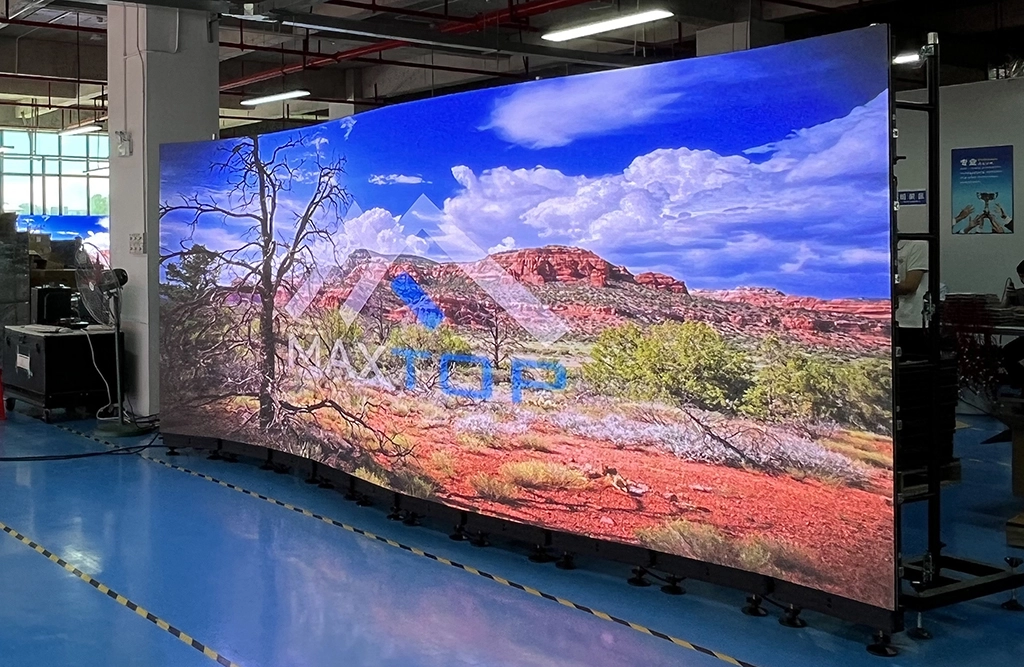Grasping the Influence of Contrast Proportions on Visual Definition and Human Interpretation
Wiki Article
Contrast ratios are an important principle in graphic design and human interpretation. They relate to the difference in brightness between the lightest and darkest parts of a graphical interface. A higher brightness level means that there is a larger differentiation between bright and dim areas, which can significantly influence how easily we perceive visuals, content, and other visual elements. This is particularly crucial when addressing how individuals with different visual abilities interpret data. Understanding brightness ratios helps designers develop more accessible interfaces, whether for webpages, advertisements, or educational materials.

The importance of contrast levels can be observed in various applications, such as TVs, computer screens, and smartphones. In these devices, a elevated brightness level allows for crisper visuals and more legible content. For example, when watching a movie or engaging in interactive media, strong contrast can improve the user experience by making elements more visible. This is also true for reading typography on displays; a strong contrast between the font hue and backdrop tone can reduce visual fatigue and enhance readability. As users engage with digital content regularly, creators must emphasize optimal visual balance settings to promote comfort and legibility.
Different populations may experience visual contrast levels in distinct ways. For individuals with visual impairments, such as color blindness or reduced vision, sufficient visual separation is essential for comprehending information displayed graphically. Content creators must account for these variations when creating content. Tools like color contrast checkers can assist evaluate whether the selected colors provide enough distinction for all users. By ensuring suitable visual standards, professionals not only render their output inclusive but also Click This Link demonstrate inclusivity in their designs.
In relation to inclusivity factors, visual contrast levels play a crucial role in aesthetic design quality and general UX. A thoughtfully more crafted interface uses color combinations that not only attract attention but also guide users through content smoothly. For example, emphasizing key controls or elements with distinct colors enables users move through effortlessly. When viewers are able to differentiate between varied components on a display, they are more likely to interact with the material and complete tasks efficiently.
Finally, as technology continues to evolve, the importance of understanding contrast ratios remains relevant. Innovations in display technology provide opportunities for even better visual sharpness. However, without thoughtful attention of how contrast affects human perception, advancements may not reach their full potential. Designers and developers must stay informed about best practices related to contrast ratios to ensure that their work stays impactful and intuitive across multiple platforms and devices. By prioritizing these guidelines, they can improve user interaction and build a more accessible online environment.